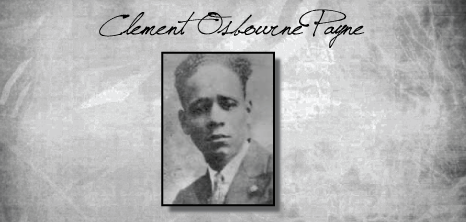|
Clement Osbourne Payne (1904 - 1941)A man with a message, Clement Osbourne Payne, sought to educate the masses on how best to improve their standard of living and how to somehow remove themselves from the ill-treatment that was so very prevalent from the elite white planter classes.
His Life's WorkHis forcefulness was met with much disdain and was seen by the Constabulary in Bridgetown as a possible threat. Police kept a narrow eye on him on a consistent basis but this close surveillance never bothered him as he used this attention to now bring to the fore, core issues.
The very same night of July 22, he held a meeting where he made clear his intention to pay a visit to Government House and have a formal meeting with the Governor. On that morning, armed with hymns and popular anthems, he and approximately 300 workers marched to the Governor’s residence where soon after, he and 13 supporters were arrested and later charged for their refusal to break apart their gathering. Despite all of them pleading not guilty and granted bail, Payne was held in custody.
|



